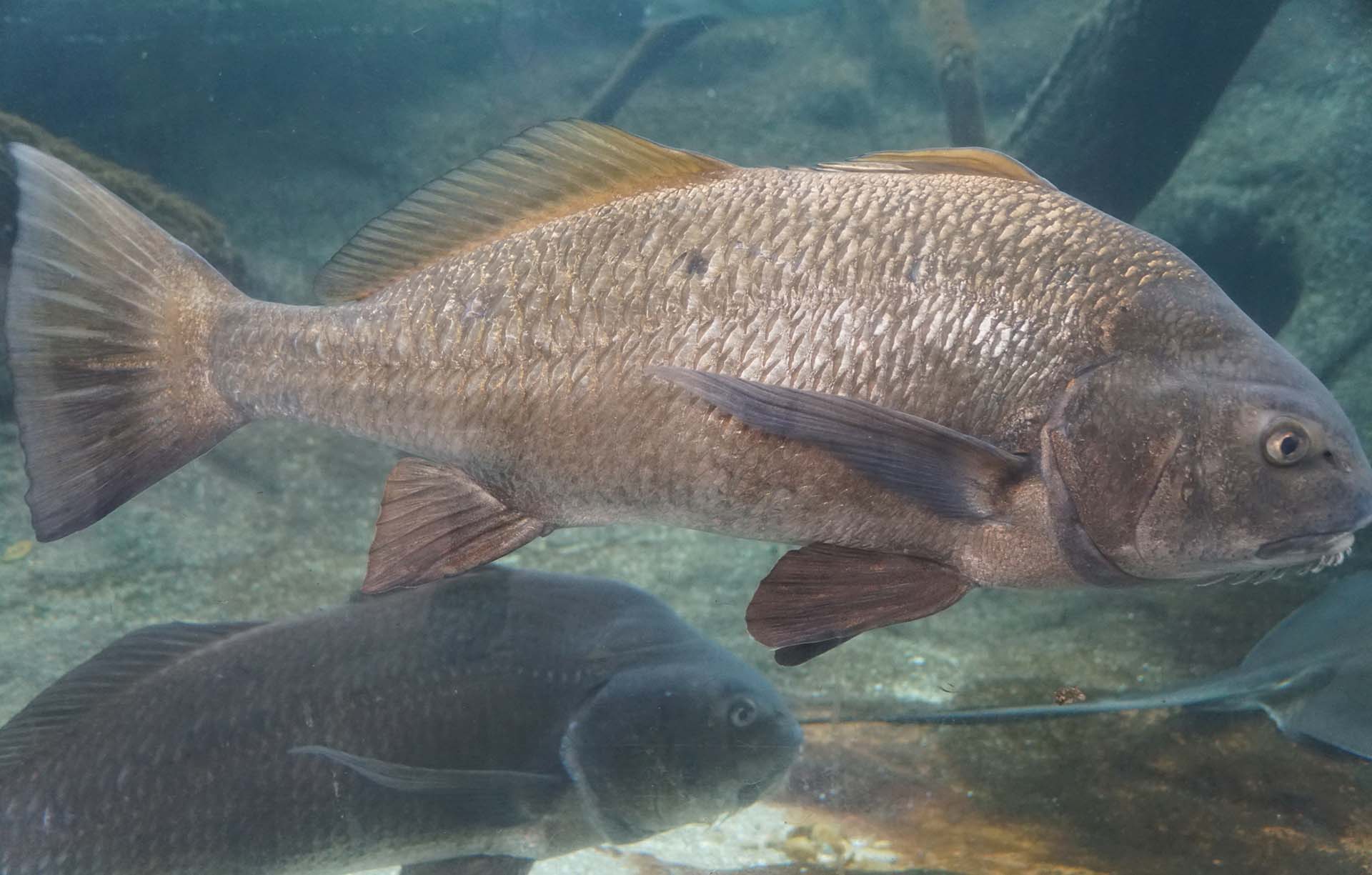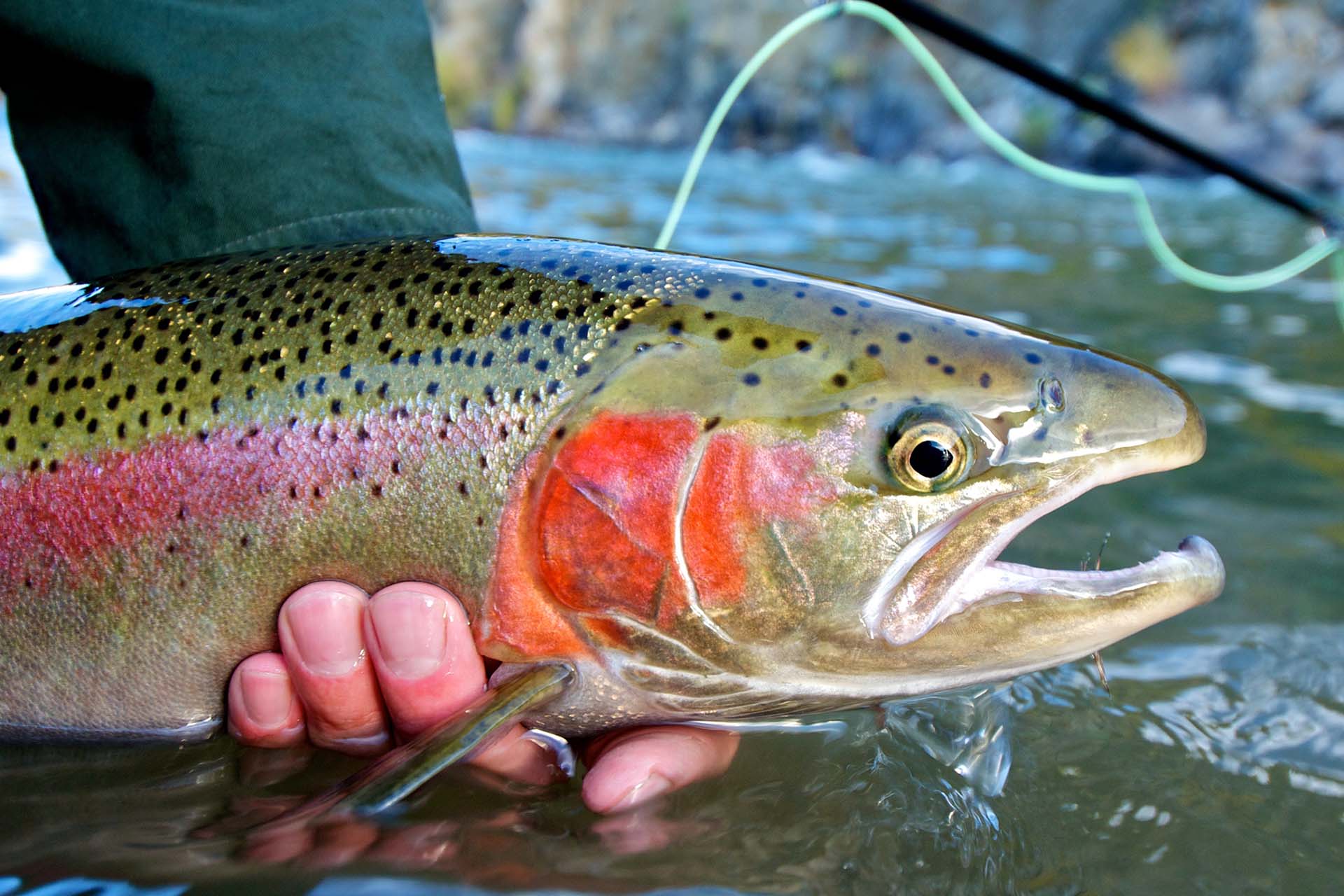Learning how to fly fish for beginners is akin to entering a world where patience, skill, and the serene beauty of nature converge. This timeless art, characterized by grace and precision, has captivated the hearts of anglers for generations. Let’s delve deep into all of the essentials, unraveling the mystery and elegance that make this technique a beloved pursuit for many.
Navigating the art of fly fishing involves mastering elegant casting techniques and selecting the right equipment. From a versatile 9-feet rod and suitable reel to finding the perfect artificial flies, each piece of gear is integral to this technique. Balancing equipment, skill, and the nuanced language of the water might take time, but mastering this technique will definitely bring plenty of rewards.
A Brief Look Into the History of Fly Fishing
The art of fly fishing has ancient roots, as early as the second century AD. Cultures in both Europe and Asia were adept at this skill, long before the shores of North America felt these gentle ripples caused by special cast lines.
As this fishing technique crossed oceans with the arrival of the European settlers, it brought with it a legacy that would weave itself into the very fabric of angling culture. In those early days, the fisherman employing this method was a figure of patience and subtlety, bereft of gear-powered reels or other sophisticated pieces of equipment.
The Evolution of This Angling Technique Followed Technological Advancements Every Step of the Way
During the 20th century, the advances in technology and design witnessed a slow shift from bamboo to graphite constructions, all while artificial flies started to get more sophisticated. Here are some notable figures from this period every beginner angler should know:
- Lee Wulff,
- Gary LaFontaine,
- John Voelker,
- Joe Brooks,
- Lefty Kreh.
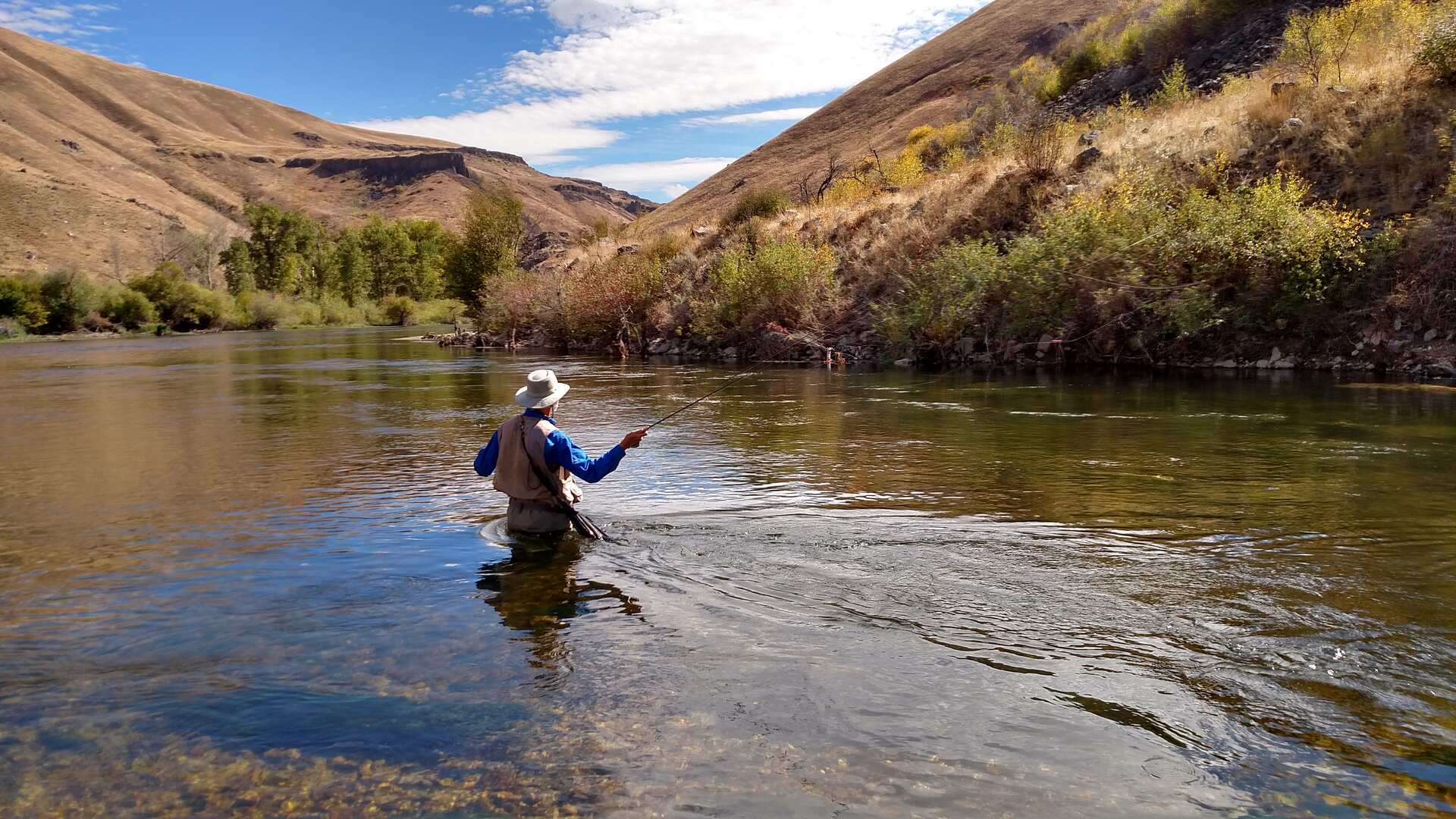
It’s Time to Gear Up – Understanding the Basic Equipment
Even the most innate skills with the tranquil waters require a companion – the right gear. The equipment acts as the silent partner in this intricate dance with nature, enabling the angler to cast with precision and navigate with agility.
Fly Rods – Different Types and Their Uses
A beginner’s foray into this world is often best accompanied by a 9-feet slow-action fly fishing rod. Revered for its versatility, it’s a reliable companion for lakes, creeks, and rivers, which you’ll most likely start your adventure with. As you develop your skills, you can start building on precision – an 8-foot rod, or even shorter, can help you with those intricate casts into narrow streams.
Fly Reels – How to Choose the Right Piece and Set It Up
This fishing style entails using specially designed plastic, die-cast aluminum, or machined aluminum reels. These reels are distinguished by their simplicity and efficiency, as well as the recognizable open design, offering seamless operation to complement the angler’s technique. Several factors play into the search for your perfect match:
- It should complement the weight of the fishing rod you’re using for optimal performance,
- It needs to accommodate sufficient line and backing for the targeted fish species,
- It should have a smooth and adjustable drag system that will allow you to effectively manage line resistance.
Fly Line – Understanding Weight, Taper, and Different Types
Just like in the case with rods, a versatile option often proves invaluable when it comes to the rest of the gear as well. A floating fly line is the best option for beginners, as it seamlessly facilitates the use of dry flies, nymphs, and streamers. You might also experiment with the weight-forward or double-taper lines, but achieving a delicate presentation with these options will definitely require some getting used to.
Leader & Tippet – Selecting the Right Length
In this technique, there are more lines that you need to attach to the main one. First, the leader line should be somewhere between 6 to 12 feet, but the length is not set in stone and should sway with the prevailing conditions.
For those easily spooked fish species, extending the reach with a tippet section to around 12 feet is key. The X rating system presents a straightforward formula for the breaking strength and diameter of both the leader and the tippet. Here’s a chart to help you get a clearer picture:
*For the metric system, an inch is 2.5 cm
| Size | Diameter | Breaking Strength | Fly Size | Species |
|---|---|---|---|---|
| 03X | .015'' | 25 lbs | 5/0, 4/0, 3/0, 2/0 | Big game fish |
| 02X | .013'' | 20 lbs | 3/0, 2/0, 1/0, 2 | Large salmon |
| 01X | .012'' | 18.5 lbs | 2/0, 1/0, 2 | Striped Bass |
| 0X | .011'' | 15.5 lbs | 1 | Steelhead, salmon |
| 1X | .010'' | 13.5 lbs | 2, 3, 4, 5, 6 | Redfish, bonefish |
| 2X | .009'' | 11.5 lbs | 4, 5, 6, 7, 8 | Large, smallmouth bass |
| 3X | .008'' | 8.5 lbs | 6, 7, 8 | Large trout, bass |
| 4X | .007'' | 6 lbs | 12, 13, 14, 15, 16 | Trout |
| 5X | .006'' | 4.75 lbs | 14, 15, 16, 17, 18 | Trout, panfish |
| 6X | .005'' | 3.5 lbs | 16, 17, 18, 19, 20, 21, 22 | Trout |
| 7X | .004'' | 2.5 lbs | 18, 19, 20, 21, 22, 23, 24 | Trout, panfish |
| 8X | .003'' | 1.75 lbs | 22, 23, 24, 25, 26, 27, 28 | Trout, panfish |
Artificial Flies – Overview of the Main Types
Last but not least, these intricately designed lures are as diverse as the waters they grace. Here’s an overview of the main types:
- Dry flies – float on the water’s surface, mimicking adult insects that are often found fluttering above or resting on the water,
- Wet flies – designed to be fished below the water’s surface, mimicking emerging or drowned insects,
- Nymphs – resembling the immature form of aquatic insects, these nymphs are designed to sink below the surface,
- Streamers – crafted to imitate baitfish, leeches, and other swimming prey, they are typically larger in size,
- Saltwater flies – often larger and more robust to withstand the rigors of saltwater fishing.
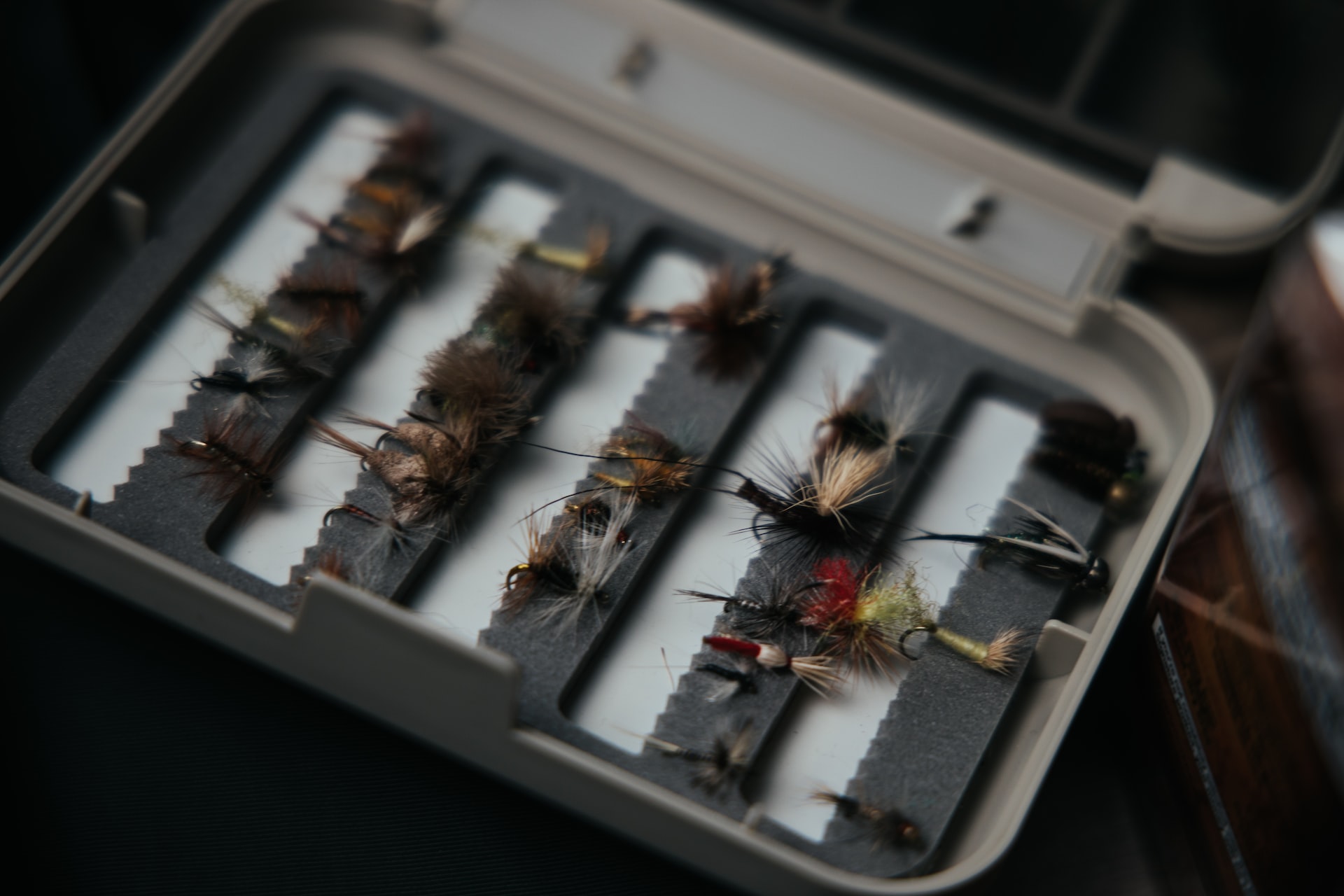
How to Choose the Right Artificial Fly That’ll Bring Plenty of Catches
It’s evident by now that navigating through the intricate layers of this angling technique reveals plenty of detail and nuance. It’s a journey of continuous learning, where every cast and every ripple in the water unveils another layer of this art.
While a significant portion of the journey is marked by experimentation and the thrill of discovery, there are signposts to guide the way. Let’s delve into some pointers to illuminate the path of selecting the right lure:
Type of Fish You’re Targeting
Understanding the behavior, preferences, and habitats of the targeted fish species is pivotal. For example, the elusive trout might be enticed by a dry fly that mimics the local insect population, while the largemouth bass may find a streamer, with its erratic movements of smaller fish, irresistible.
Water Conditions and Time of the Year
Cold, clear waters of early spring might demand a different approach compared to the warm, languid flows of a late summer afternoon. There’s plenty of trial and error involved in the process, but the general rule is to match the size, color, and action of the lure with the water’s clarity, temperature, and flow.
Insect Hatches and Local Prey
Observing and understanding natural cycles in your preferred location can unveil the secrets to choosing the perfect lure. It’s all about echoing nature, where the lure becomes a seamless part of the aquatic tapestry, enticing the fish with its authentic dance.
How to Fly Fish – The Fundamentals of Casting
Casting in this elegant style is a blend of art and skill, weaving together precision and grace. It’s not just about throwing a line into the water but rather involves a rhythmic motion, a connection to the environment, and an understanding of the elements.
Basic Principles Behind a Fly Cast – Tips and Drills
Understanding the basic principles of this intricate dance is all you really need to get out there on the water and start trying it yourself. Here are the most important pointers to get started with honing your personal technique:
- Master the rhythm between the forward and backward cast to ensure the line unfurls smoothly,
- Apply power judiciously, emphasizing the acceleration and abrupt stop to optimize line speed and direction,
- Align body movements with the cast, ensuring coordination and balance to enhance accuracy and distance.
How to Avoid Common Beginner Mistakes
One common beginner mistake is the lack of pause during the casting motion, leading to ineffective line unfurling. Also, avoid overpowering the cast, as this can disrupt the line’s trajectory and precision.
Always pay attention to the rod’s movement – it should trace a straight path to ensure the line follows suit. Above all, remain patient and stick to the script – if you’re persistent, over time you’ll be able to perfect your technique to get the best results for your angling location.
How to Spot Potential Fish Habitats
Mastering the skill of casting is a vital aspect of this technique, yet, without the ability to read the aquatic landscape, all of these skills go to waste. Understanding the patterns of your target fish species will help you navigate the currents, depths, and obstructions. All of it will lead you toward your prized catch. When all else fails, tools like the fish finder can be an invaluable companion in uncovering where exactly the fish are lurking.
Techniques for Different Water Bodies
The waters are as diverse as the skies above them – each type harbors unique ecosystems and natural patterns. Here are a few pointers tailored to different water bodies:
- Streams and rivers should be approached with as much precision as possible, working together with the flow of the water,
- Lakes and ponds demand a keen eye for identifying feeding zones, and patience plays a vital role here,
- Coastal saltwater is dynamic, so understanding tides, currents, and the behavior of your target is pivotal to getting started on the right foot.
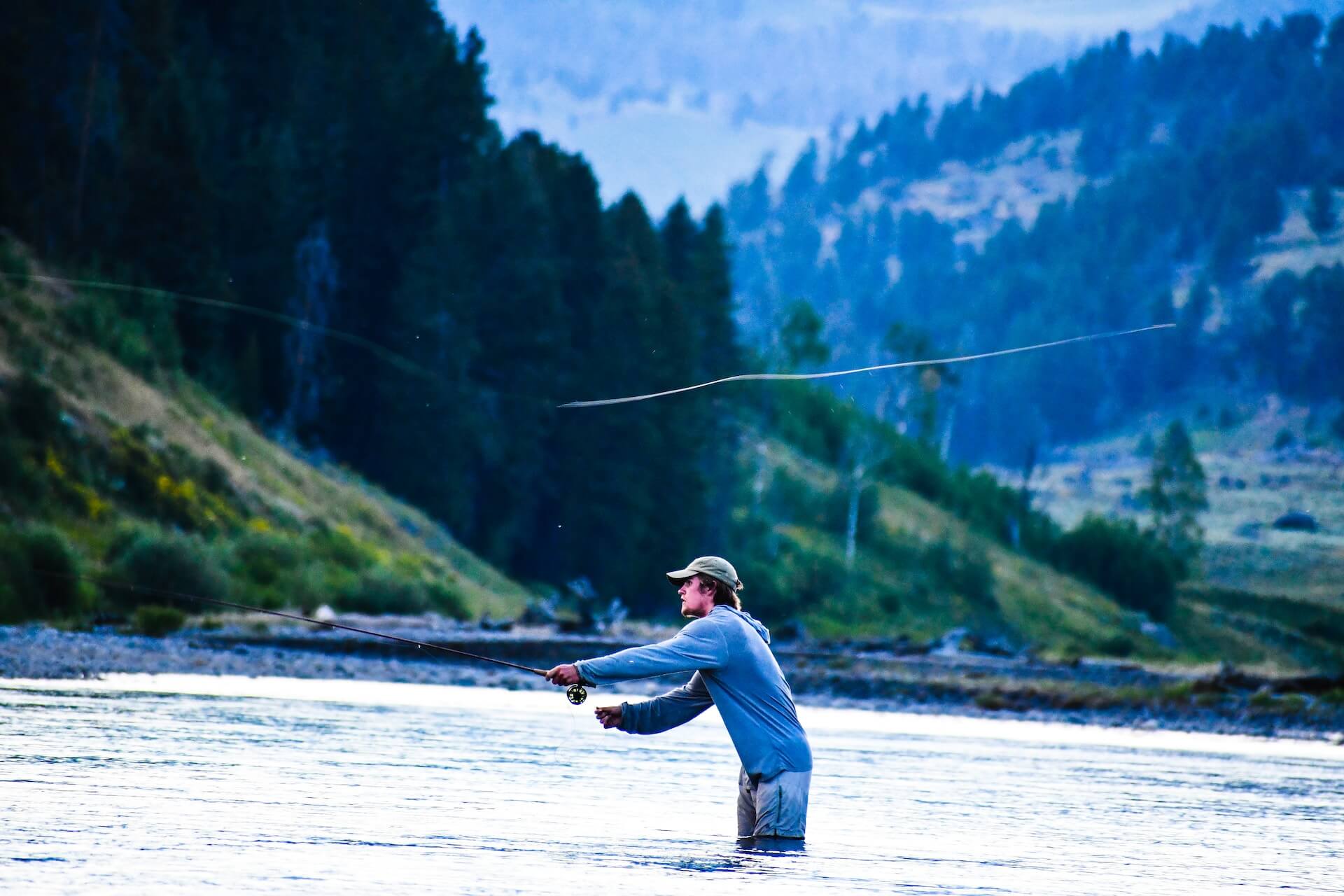
Wrapping up This Intricate Dance and Setting the Stage for Experimentation
There you have it – we’ve wandered through the dance of the currents and nuances that come with this artful technique. Remember, every cast is a dance, and every catch is a silent song echoing the harmonious blend of skill, nature, and equipment. As you step into the waters, may every ripple, every fly, and every cast unveil a new world. A world of exciting experimentation and plenty of rewards.
More To Explore

Navigating The Waters Safely – Understanding Boat Light Requirements
Maya Brown / October 9,2024
Read More »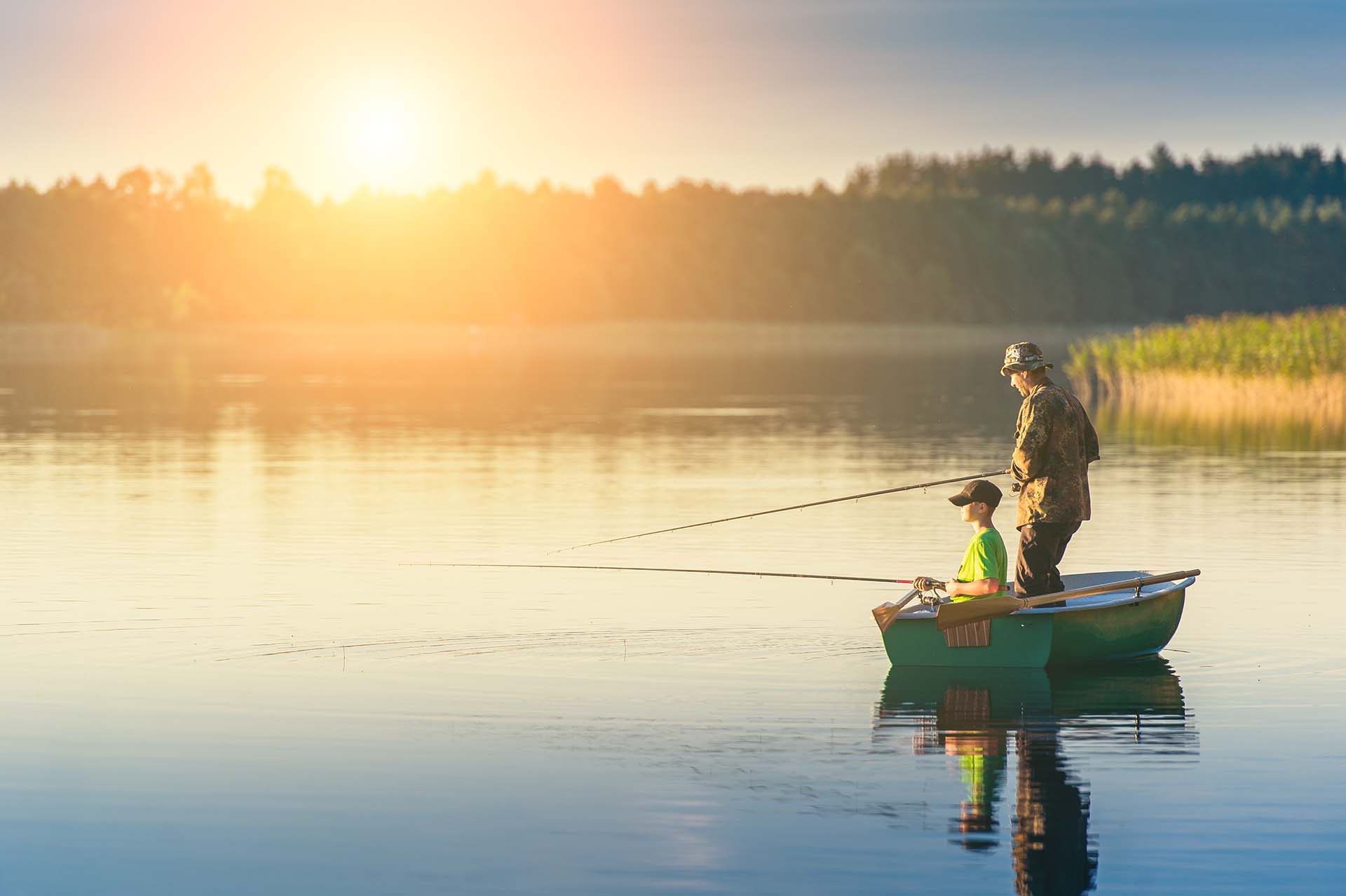
How To Protect Yourself From The Sun While Boat Fishing – Essential Tips And Strategies
Maya Brown / October 8,2024
Read More »


